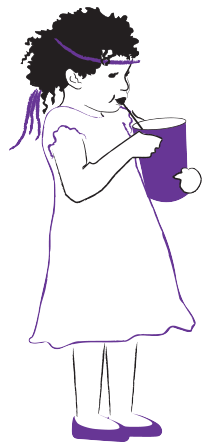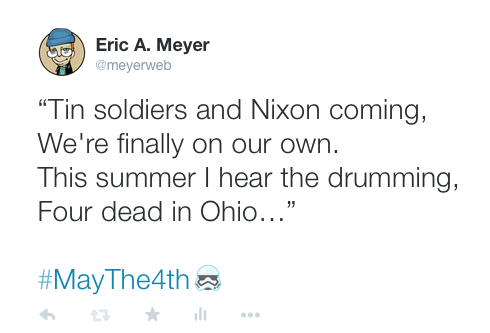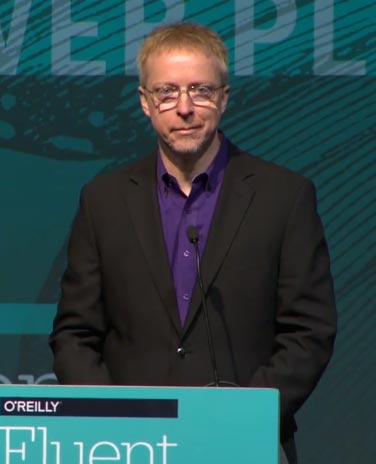Spring Air
Published 10 years, 6 months pastI’m sitting on the love seat on my front porch. It’s a beautiful spring day, the blue sky flecked with a few wispy clouds — certainly not enough to dim the sun’s warmth even when they do drift in front of it. There’s a slight breeze stirring the clean June air, almost but not quite cool enough in the shade to call for a sweatshirt.
The feel of the air on my skin, the smell of spring, the sounds of the neighborhood, the sun and temperature, all exactly the same as they were one year ago today, and the combined sense of parallel and divergence is intense.
We had just started our meeting with the rabbi, upstairs in the library, beginning to discuss the details of the memorial service we knew we could not avoid, when our friends shouted up in panicked voices that something was wrong with Rebecca. By the time we reached the porch, she was almost unconscious. There had been a seizure, a small one, but we assumed it was the first of many. We called the hospice nurse and then Kat and I sat to either side of her on the love seat, snuggling in close. For more than an hour, Rebecca seemed to be asleep, and yet was, at some level, still aware. When Kat tried to shift her arm, Rebecca reached up, never even opening her eyes, to pull it back around her shoulders.
So we kept talking to her, telling her how much we loved her, how much everyone loved her, going through all their names again and again. Telling her stories about herself, favorite memories of hers and ours. Telling her we were with her all the way to end, all of us together. Telling her that she could stop fighting. Telling her she could go.
She never stirred, except to make sure Kat’s arm stayed around her. And after an hour or two, even that ceased. Her body was completely limp, her breath steady but slow and getting slower.
We were sure she was going to die that sunny spring afternoon, in the shade of our porch, surrounded by our love, just shy of turning six.
And then, late in the afternoon, she suddenly stirred and sat up, her eyes open. “Hey,” I said to her, and I remember how my voice was filled with wonder and surprise. “Hey there, Little Spark. Did you take a nap?”
She nodded.
“Would you like to go to dinner?”
Another nod. She had already spoken her last words, hours before.
“What would you like? Sasa fries?”
Nod. This one might have been a tiny bit more energetic.
So we and some of those who had assembled headed to Rebecca’s favorite restaurant in the world, owned by our friends, the place every one of our kids had come for their first meal outside of the house. Rebecca had her favorite meal: a Japanese cream soda, some miso soup with extra tofu, and the Sasa fries. She was able to carefully drink the soda from a sake cup by herself, and eat the fries, slowly, one at a time. The soup required some assistance.
Back home that evening, we got birthday cupcakes ready. It wasn’t her birthday until the next day, June 7th, but all day we had been doing birthday things — favorite breakfast, dinner at Sasa, cupcakes — because we were afraid she wouldn’t be there the next day, and we figured that if she was, we’d just do it all again. Homemade cinnamon rolls every morning, Sasa and cupcakes every night, for however many days were left.
There were none.
I came into the living room to find Rebecca and Carolyn asleep, snuggled against each other on the sofa. I kept silent and just watched them sleep, experiencing a bittersweetness beyond any I had imagined.
Then the cupcakes were brought in, and Rebecca woke up to see the lit candle in hers and to have us sing her “Happy Birthday”. There was no expression on her face as she stared at the flame, no flicker of emotion. She just stared as we blew out the flame for her, her face like a mask that hid our daughter.
But she ate the whole cupcake, and every bit of frosting, slowly and methodically scraping every last scrap off the plate and licking it from her fingers. When it was done, I asked if she was ready for bed, and at her nod led her to the stairs. She put a hand on the banister and walked up the stairs on her own, holding my hand without actually needing it.
I felt a small sliver of hope at that, until I realized that throughout all the frosting and stair-climbing, the teeth-brushing and changing for bed, being snuggled under the covers, her expression still never changed. No joy, no excitement, no annoyance, no anger. Nothing.
I was so incredibly proud of her, though. She was so exhausted, and yet she insisted on doing as much as she could by herself. The mask of her face may have hidden her emotions, but her fire was still as clear as ever. I was humbled beyond measure.
Kat read Rebecca her favorite stories for the last time.
Tomorrow will be the first anniversary of her death, the day she would have turned seven years old. I sit on the porch, and all my senses tell me that day has come again. It is so incredibly alike, and yet so different, sitting here on the love seat in the cool June breeze without my Little Spark.



